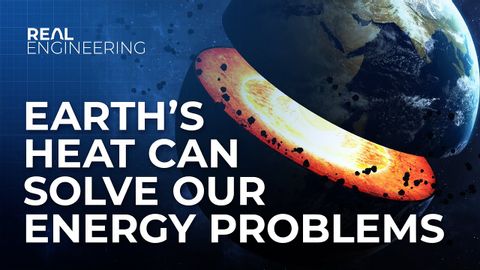
字幕與單字
地球的热量能否解决我们的能源问题(Could Earth's Heat Solve Our Energy Problems?)
00
joey joey 發佈於 2021 年 06 月 05 日收藏
影片單字
potential
US /pəˈtɛnʃəl/
・
UK /pəˈtenʃl/
- adj.可能的;潛在的;潛在的
- n. (u.)潛力,潛能
- n. (c./u.)潛力;潛能;潛在候選人;勢
A2 初級多益中級英檢
更多 使用能量
解鎖所有單字
解鎖發音、解釋及篩選功能

US /pəˈtɛnʃəl/
・
UK /pəˈtenʃl/